
In these tough days of Covid-19, social distancing and isolation we can also look for the light of opportunity to share and to learn. We are hearing it is possible that physical, face to face events will not be happening for months, until the UK is clear enough for travel for home events, and until the EU is clear for EU events.
Not surprisingly then, we are seeing many events, workshops, exhibitions, film festivals, from book clubs to concerts to design shows, move into the online space.
We have a range of communication platforms to help us do that, from basic to more elaborate and feature rich platforms. It is good to see the virtual world of Second Life being used for Billions of Us – “an (emerging) creative community and collective devoted to using virtual technologies to improve the real world in this time of vast systemic change.” (Thanks to Pam Broviak for sharing this through her Public Works blog. Pam and I met in Second life back in mid 2000’s and then with Paul Wilkinson and Jodie Miners formed Be2Camp – now dormant but Paul has an archive of posts on his ExtranetEvolution blog)
Indeed there is nothing new to online exhibitions and fairs – back in 2014 we used Hyperfair for a number of events, complete with in-world talks, exhibitors and social events a few years ago with (Construction21 and Others) see Sustainability made Cool? Day one at #EXPOC21
A New Normal Built Environment
For us in the built environment, we are starting see that the world of design, construction, supply chains and communications will not be the same post Covid19. We will cannot return to the normal we knew, for that normal is in too many ways responsible for the problems we have now.
Preparing for a new post Covid19 normal must be part of a ‘never waste this crisis’ approach that practices and companies need to take. And now is the time to take that development, when employees are home based, with more time to learn, develop and help shape a future business.
We cannot waste this crisis and we must emerge stronger, ready to address a different environment, when addressing the climate and ecological breakdown will be very high, if not top of the agenda. We have see, through remarkable images of how air quality dramatically improved as activity stopped in Wuhan and Italy. We have seen, after only a short time of ‘shut down’ how nature can thrive, here in the UK (shut down of modern life allows nature to thrive), in the canals of Venice and beyond.
To this end I am running in-house, online inter-active CPD style sessions through Zoom or Teams for a number of my clients, both here in the UK and overseas. (If you are interested in this for your organisation please get in touch)
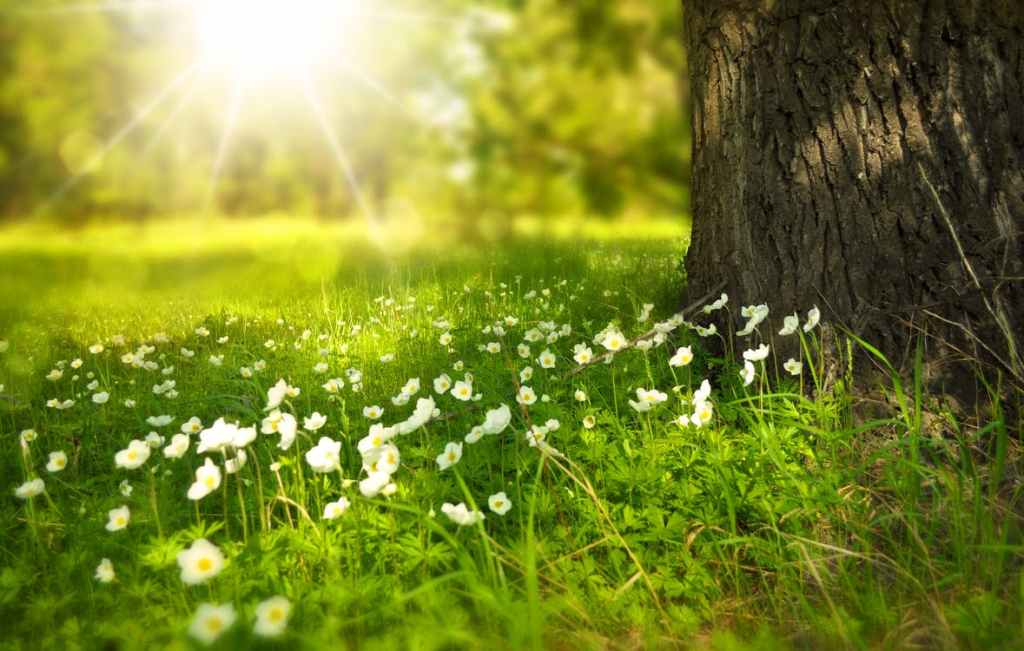
Zoom Regenerative
A weekly 45 minute Zoom meet up for those interested in learning more or are practising regenerative approaches, in sustainability, in the built environment, in business etc. Each session will feature an introduction or presentation from a regenerative colleague from around the world, followed by a lightly facilitated discussion. Starting on April 7th, I plan Zoom Regenerative to be held Tuesdays at 8pm UK (but possibly shifting an hour or two to allow participation from Australia at a sensible hour)
Link for the Zoom session will be on my twitter feed under hashtags #ZoomRegen
RESTORE COST Newsletter
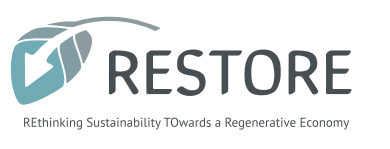
An extract from my Contribution the the RESTORE Cost Action ..
It is possible that every sustainability practitioner, academic and student globally is now home working. Through communication technologies we can share and discuss the work of RESTORE and regenerative sustainability. There are many working groups discussions taking place through Zoom, but we can do more. For example
LFE (Living Future Europe) has started a weekly Resilience Lounge hosted by Carlo Battisti. (Wednesdays 5pm UK Details)
Martin will be starting a weekly Zoom Regenerative series starting on the 7th April with guest from around the world sharing their regenerative voices, actions and approaches. (Tuesdays 8pm UK Details and #ZoomRegen)
There is a global Transition Town discussion group on Monday 30th hosted by founder Rob Hopkins
There are also many on line book clubs which have caught my eye, for example The Living Mountain as a twitter based book club – search #CoReadingVirus and a Nature Writing Course hosted by Emergence Magazine starting on 5th April 12.00 PST
Connectivity with Nature, its importance to mental and physical health is a key theme that runs through the work and outcomes of RESTORE. It is a sad consequence of housing design and construction over recent decades that many many families are now isolated in homes with no views, no access to nature, and in some cases in city centres with no windows. We will undoubtedly see a rise in mental health, anxiety and domestic violence. You may have noticed an increase in the sharing of nature based images, videos, art and music across social media. This in a small way, may give a little comfort to those without access or views.
Lets use our collective and individual social media accounts to share, and lets use the hashtags #NoticeNature and #CostRestore
Suggested reading In Times of Uncertainty, let nature be your refuge Lucy Jones – author Losing Eden: Why Our Minds Need the Wild.
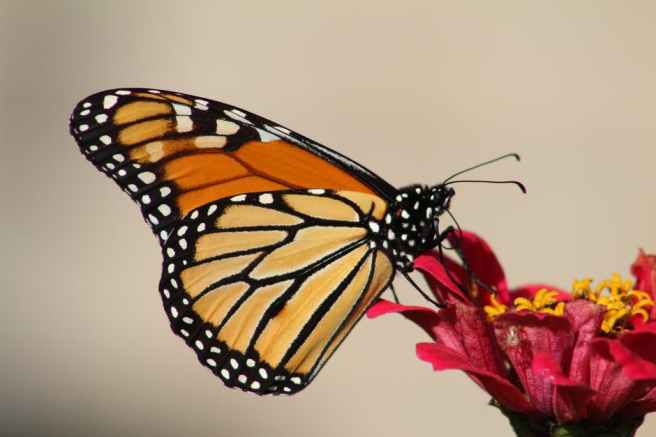


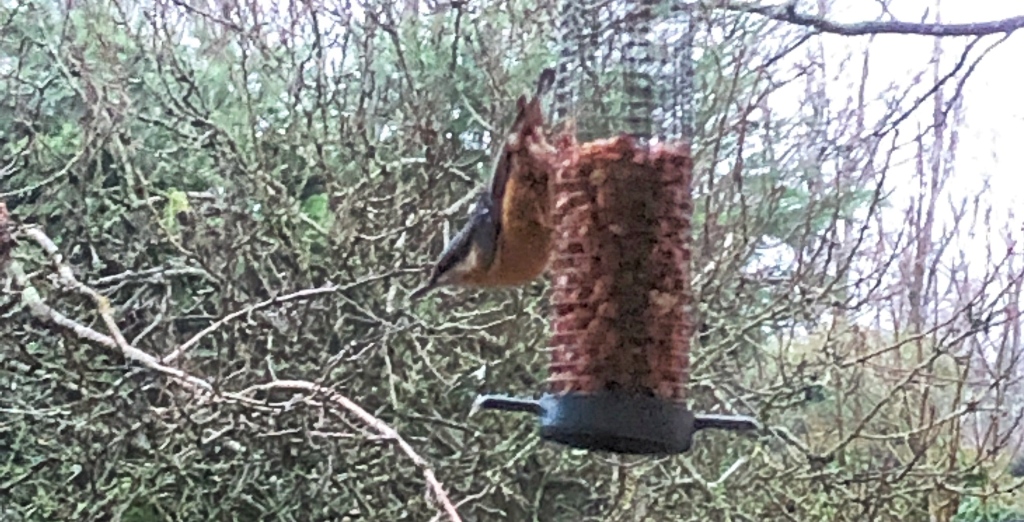

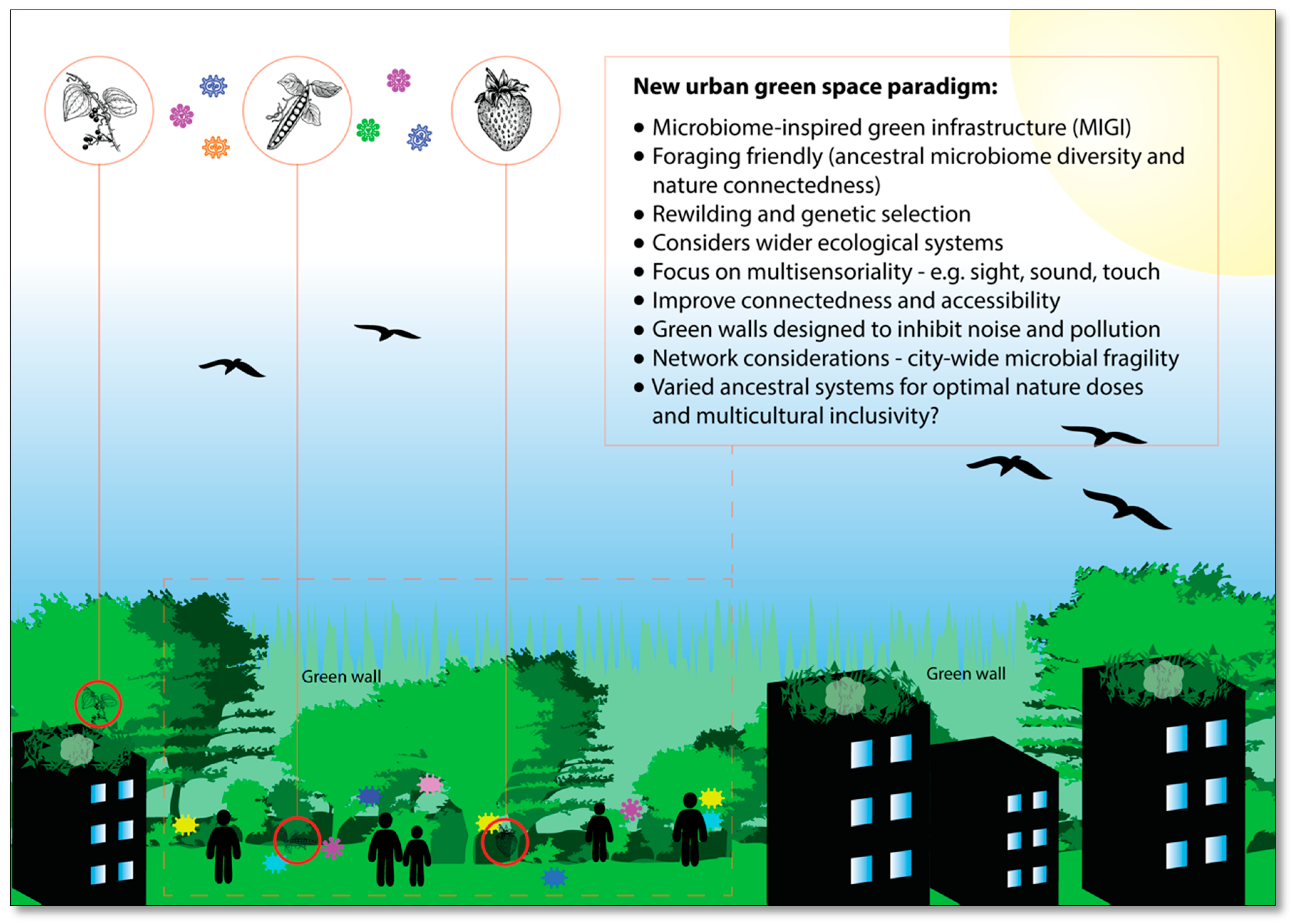








 The UK Governments 25 Year Environment Plan (A Green Future: Our 25 Year Plan to Improve the Environment) released yesterday should, on the face of it be a very significant document. Leaks and pre-issue comments from Gove in particular, hinted at great things in respect to addressing plastic, aligning health benefits of nature with healthcare and restoring nature in light of housing and infrastructure developments.
The UK Governments 25 Year Environment Plan (A Green Future: Our 25 Year Plan to Improve the Environment) released yesterday should, on the face of it be a very significant document. Leaks and pre-issue comments from Gove in particular, hinted at great things in respect to addressing plastic, aligning health benefits of nature with healthcare and restoring nature in light of housing and infrastructure developments.
